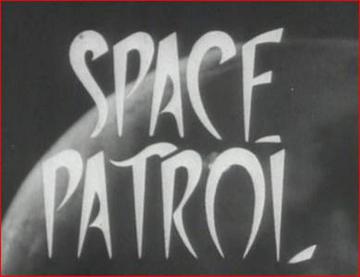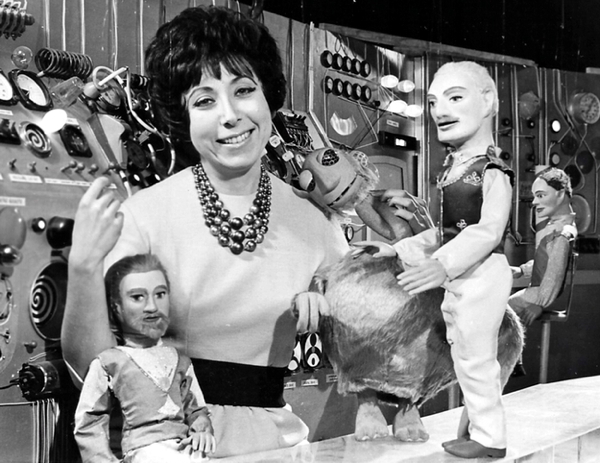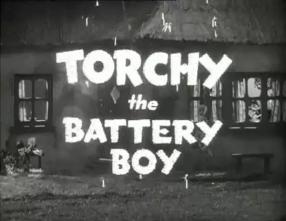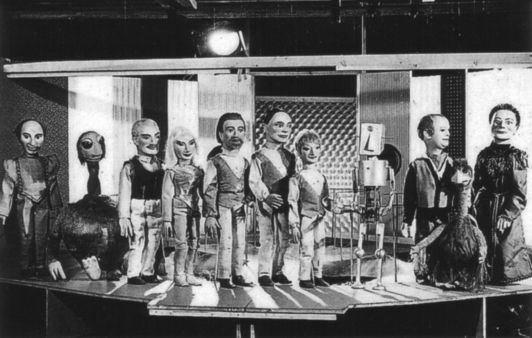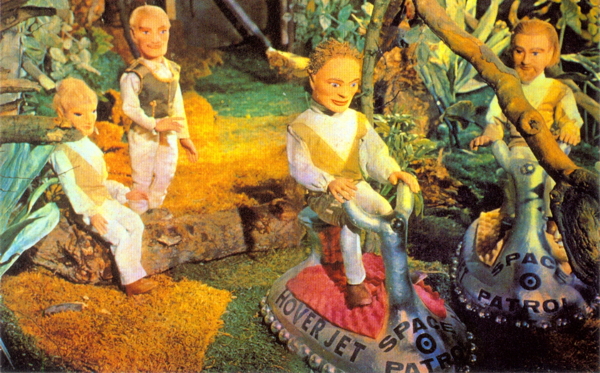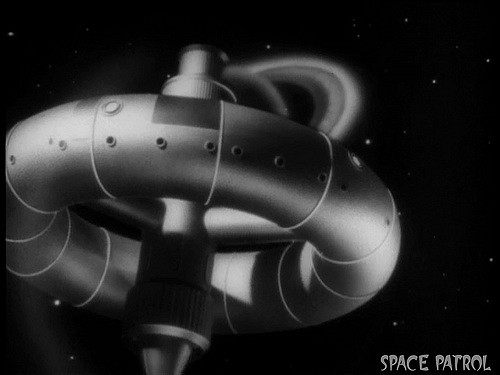
by Ida Moya
I was very impressed by this month’s paean to the IBM Selectric Typewriter by traveler Victoria Lucas. Her sensuous love of the very physicality of the thing really got to me. As I mentioned before, knowing how to type is what made me what I am today; I too used this panoply of ever-better equipment, so I really enjoyed her story. The IBM Selectric is an incredibly satisfying typewriter to operate.
The most intriguing part of Miss (Mrs.?) Lucas’ article was her closing question, “What are you going to do to steal my heart next, IBM? For example, where is this computer thing going? Will it be the next love of my life?”
Answer: The computer will be the next love of your life. (Or maybe your master.)

My place of employ, Los Alamos Scientific Laboratory (LASL), is a frontrunner in adopting new computing technologies. I have worked in different capacities as LASL moved from calculating equipment that ran with hand-propelled gears and ratchet wheels, to things electrically controlled by mechanical switches, to those using electomechanical relays. (The IBM Selectric uses yet another kind of electromechanical switch, though since it is not properly a computer I won’t address it now.) The height of switching technology was until very recently vacuum tubes, which are now being by supplanted by transistors. Transistors, an amazing miniaturized technology, are much smaller than vacuum tubes, work faster, and don’t get as hot.
With computers, there are a lot of viewpoints from which one can focus. I think of computers more from the perspective of an operator: making software programs run on the computers, and producing and analyzing the results. Other people think about computer architecture — how does the data flow in and out of the computer, and what happens when the information is processed inside.
Here is a picture of one of the three vacuum tube-based IBM 704 computers at Los Alamos Scientific Laboratory. One of my colleagues, a computer operator, is shown opening the front door of the IBM 729 tape drive. As you can see, no special protective gear is required, and she doesn’t even have to wear a hair net. This is from just a few years ago; the computers we have now are even faster and more sophisticated.

The way we get a program into the computer is to punch the program onto cards, then use the card reader (the low piece of equipment in the center of this photograph) to transfer the program onto magnetic tapes. From the tape, the program is read into the computer’s core memory.

Data – for example, parameters for an experimental design study for a thermonuclear warhead, something you want to calculate over and over again with different settings — is then punched onto another set of cards, and read directly into the core memory. The program is transferred yet another time, to the CPU, the Central Processing Unit. There, the program acts on each of the data points in the core as appropriate. The results are printed out onto greenbar paper by the printer, which is the rightmost piece of equipment.
IBM produced this nifty card to illustrate the wonderful equipment they have to punch, sort, and interpret the cards.

We even have this little slide rule, which managers use to calculate how long it will take for keypunch operators to do a job. This little rule is our master – woe betide you if you cannot keep up!

I’m not sure what computing establishment this picture below is from, but here are a bunch of gals using IBM 026 card punches, very much like here at LASL. It’s nice to have a job and be a part of something important. But this windowless room jam packed with keypunch operators is depressing. Imagine how loud it is in there for these women. (Mary Whitehead tells me that when they were using calculators Weapons Research Establishment in Salisbury, Australia, they had carpeting in the room and egg crates lining the walls to attempt to absorb some of the sound. Not so lucky here.)

From Wikipedia
And heaven help them if they ever have to use that fire extinguisher. The cords on the floor look like a real trip hazard. However, most of these gal are just working for a year or two before they get married and become housewives, so it doesn’t pay to make the conditions any better. Me, even though my husband works at the Santa Fe Railroad, we don’t have that luxury. We both have to work in order to make ends meet and raise our wonderful children. I suspect more and more women are going to join the workforce permanently in the coming years, and these conditions will become a lot more humane for all of the future computer workers.
Another perspective from which to understand computing is the physical components inside the computer that come together to make a larger whole. For example this IBM Field Replaceable Unit (FRU), pictured below. On top of the unit are several vacuum tubes, while the rest of the contraption consists of resistors, diodes, and other discrete components. Electrons flow through this and, ingeniously, compute the Boolean logic of ands, ors, and nots.

I took this module as a souvenir from our IBM 704 system when it was decommissioned. Unlike the computers built as one unique unit, like say the one-off computers ENIAC or MANIAC, the 704 is constructed of a small number of modules. If a component in one of these modules goes bad, the individual module is removed and quickly replaced with a new module – then the computer works again. The bad module can be tested and repaired at a more leisurely pace. These computers are expensive to own and run; keeping them “up” as much as possible, for all three shifts, is imperative.
The IBM 7030 Stretch was also designed with modularity in mind. Instead of tubes, the Stretch uses transistors, as you can see on this Standard Modular System (SMS) card below. This particular module, about the size of a playing card, is a “two-way AND,” a particular kind of Boolean logic gate. SMS cards were first developed for the Stretch, and are also used in the brand new IBM 7090, 1401, and other super-fast IBM computers and peripherals of today.

If you look closely at the transistors, which are the metal cans, you can see the Texas-shaped brand mark of Texas Instruments. This American company has learned how to mass-produce transistors. Inside this can is a teeny little piece of germanium crystal, a “semiconductor,” with some probes attached. (And by attached, I mean soldered together by women using binocular microscopes and steady hands, jammed together in another terrible windowless room). Manipulating and transforming the way electrons flow through these cans is, ultimately how the computer does our bidding. Interestingly, computer operators don’t need to know about this in detail; we can leave it to the expert computer engineers and technicians.
IBM is not the only company using a modular strategy. For example a few days ago the traveler showed a brand-new Siemens 3003 computer system. I don’t have a parts book for this German company, so I don’t know what this particular module does, but you can see in the picture below there are two silver can-shaped transistors, plus some other colored packages of components.

(Courtesy of The Living Computer Museum
So, Miss Lucas, there is plenty to love about computers. Don’t get stuck just being a typist, and join us in the transistorized revolution!



